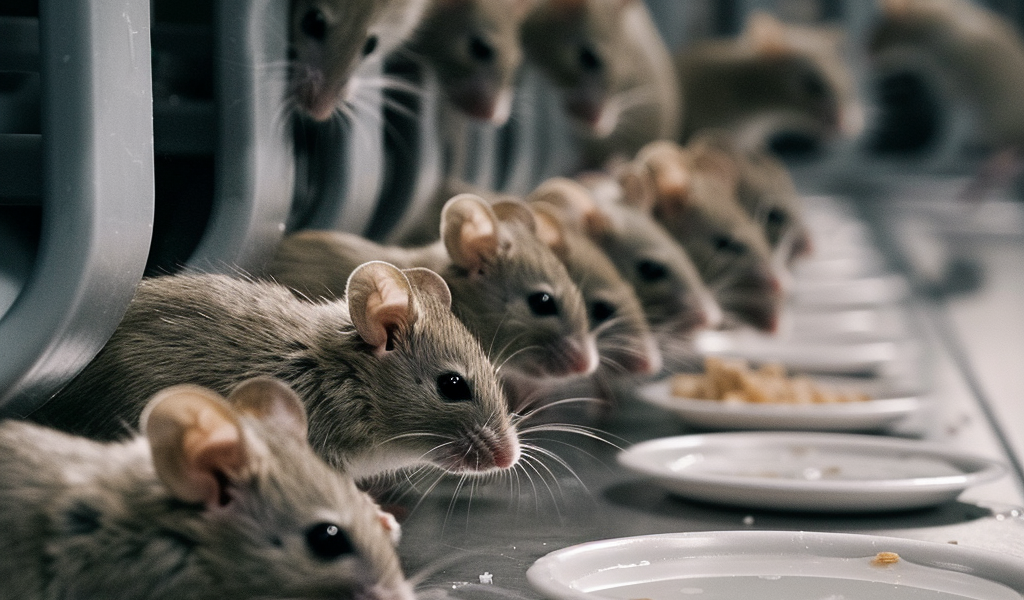A recent study published in Molecular Psychiatry has shed light on the role of the parasubthalamic nucleus (PSTN) in regulating feeding and drinking behaviors in mice. The study, conducted by Jeffery L. Dunning and a team of researchers, explores how the activation of PSTN neurons impacts the initiation of feeding and drinking in hungry and thirsty mice.
The researchers found that the ensemble of refeeding-activated PSTN neurons significantly delays the initiation of feeding in hungry mice, regardless of whether they are presented with familiar or novel foods. This delay in feeding initiation does not, however, affect the amount of food consumed by the mice. Similarly, in thirsty mice, the PSTN neuron ensemble delays sucrose consumption but accelerates water consumption, suggesting an anticipatory response to thirst without influencing the overall fluid intake.
To further understand the specific subpopulations of PSTN neurons involved in these latency effects, the researchers conducted cell-type and pathway-specific chemogenetic manipulations. Their findings indicate that PSTN Tac1 neurons projecting to the central amygdala play a significant role in hindering feeding initiation. Additionally, PSTN Crh neurons were found to delay the latency of hungry mice to consume familiar foods while promoting the consumption of novel, palatable substances. Moreover, PSTN Crh neurons projecting to the bed nucleus of the stria terminalis were shown to accelerate rehydration in thirsty mice.
These results highlight the crucial role of endogenous PSTN activity in controlling feeding and drinking initiation and provide insights into the specific neural circuits involved in these behaviors. The findings of this study may have implications for understanding and potentially treating eating disorders.





